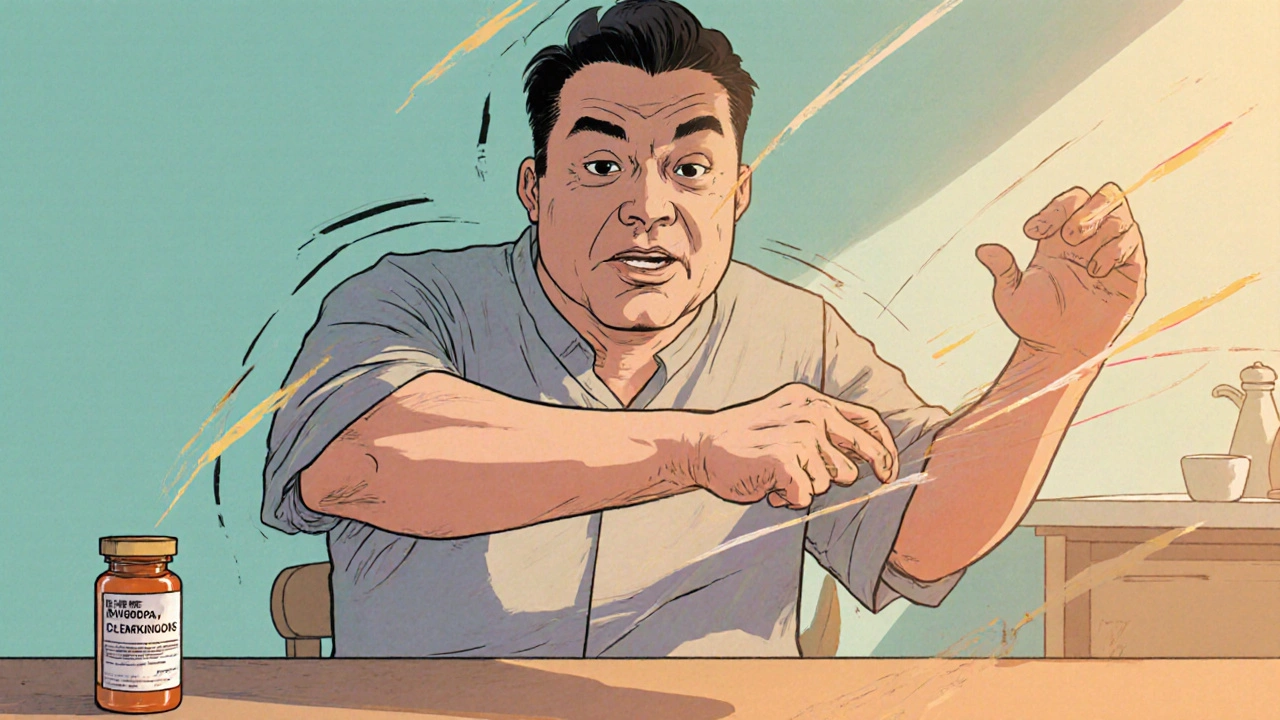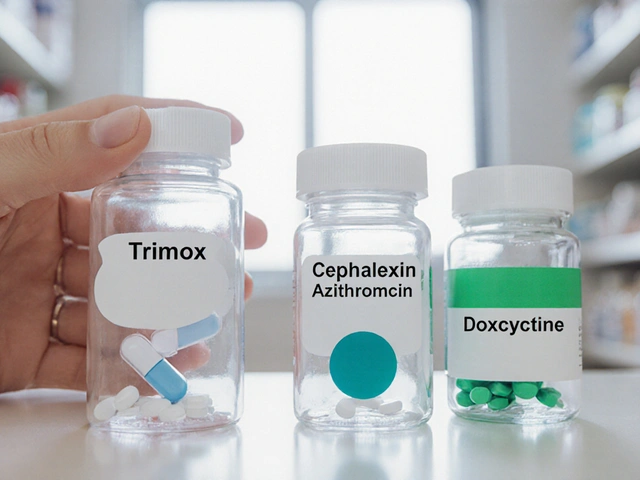Movement Disorders: Causes, Treatments, and Medications That Help
When your body doesn’t move the way it should—whether it’s shaking, stiffening, or moving too fast—you’re dealing with a movement disorder, a group of neurological conditions that disrupt voluntary and involuntary muscle control. Also known as extrapyramidal disorders, these conditions don’t just slow you down—they make everyday tasks like holding a cup, walking, or writing feel impossible. These aren’t just aging issues. They can start young, show up after an injury, or develop from long-term use of certain drugs.
Two of the most common types are Parkinson’s disease, a progressive brain disorder that causes tremors, slow movement, and rigid muscles and dystonia, a condition where muscles contract involuntarily, causing twisting or repetitive motions. But there’s more: essential tremor, Huntington’s disease, and drug-induced dyskinesias all fall under this umbrella. What ties them together? They all involve the basal ganglia—the part of your brain that acts like a traffic controller for movement. When it misfires, your body follows the wrong signals.
Medications don’t cure these conditions, but they can give you back control. Artane (trihexyphenidyl), an anticholinergic drug used to reduce tremors and stiffness in Parkinson’s and drug-induced movement disorders works by balancing brain chemicals that go out of sync. Amantadine, originally an antiviral, now widely used to ease Parkinson’s symptoms and reduce involuntary movements caused by other meds boosts dopamine and blocks glutamate, two key players in motor control. These aren’t the only options—benztropine, biperiden, and even deep brain stimulation are part of the toolkit. But what works for one person might not work for another. Side effects like dry mouth, confusion, or dizziness can make some drugs hard to tolerate, which is why finding the right match takes time and patience.
The posts here aren’t just drug lists. They’re real comparisons: how Artane stacks up against other Parkinson’s meds, why amantadine shows up in both flu and movement disorder treatments, and how alternatives like levodopa or dopamine agonists compare in effectiveness and side effects. You’ll also see how these drugs interact with other conditions—like when a blood pressure pill or an ADHD medication accidentally triggers movement problems. This isn’t theory. It’s what patients and doctors deal with every day. Whether you’re managing symptoms yourself, helping a loved one, or just trying to understand why your doctor switched your meds, the information here is practical, direct, and focused on what actually works.

How Diet Impacts Dyskinesia Symptoms: Nutrition Tips That Help
Explore how specific nutrients, diet patterns, and meal timing can influence dyskinesia severity, with evidence‑based tips and practical meal‑planning advice.
Detail




